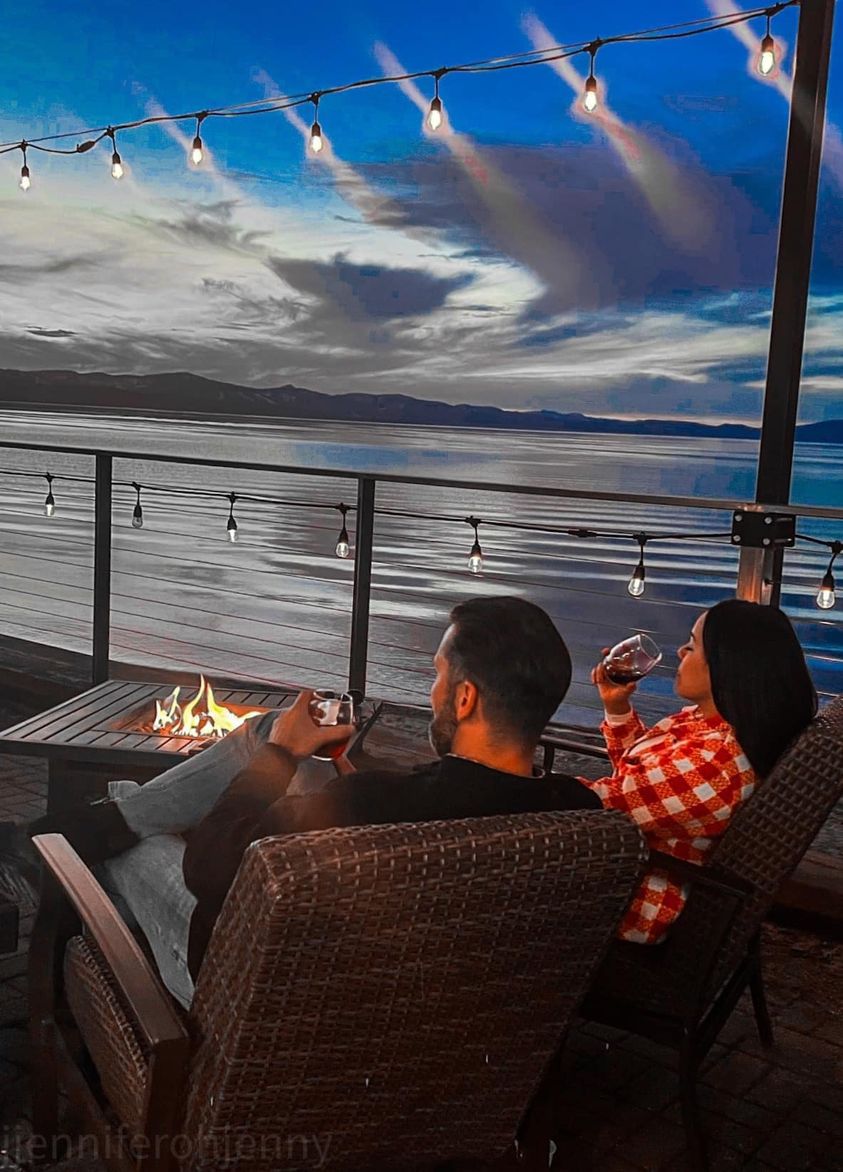The most common reason for taking wine classes is learning to describe what you are sniffing and tasting. Once you have got past all of the lingo, tasting wines will give you an excellent appreciation of the various varieties out there, and most importantly, it will enhance the enjoyment as you slurp. Once you have distilled down your tastes and preferences, you will be able to use this knowledge to help find additional wines you enjoy.
If you taste two wines side-by-side, your brain retains a lot more information than it would when tasting the wines alone. Many of the clues to wineas identity are hidden in its visual appearance, but unless youare tasting blind, the majority of answers these clues offer are found on the bottle (i.e. Because alcohol intoxication may influence the consumers judgement, wine tasters typically pour a wine out once they have judged its quality in formal tastings, in which scores may be given for dozens of wines.
Wines can be intentionally chosen by vintage (horizontal tasting) or by production of a single winery (vertical tasting), in order to best compare vineyards and vintages, respectively. Your method may be as simple as placing a + or minus next to a producers name or a wines taste card, says Senior Editor James Raube. While it is useful to decant reds or older wines prior to tasting, you do not need a fancy fluted crystal decanter.
Many red wines, particularly younger (newer) ones, benefit from decanting, which involves opening them up and pouring into the container prior to tasting. If you do not have a decanter, you can always decant the glass, seal back up the bottle, and shake well. Yes, you are going to be sampling some nice wines, and, yeah, nobody likes wasting wine, but these tasting-sized pours really add up–and fast, at that.
Bigger wines, those that are higher in sugar and/or alcohol, will have a bigger legs, but they do not tell you a lot at the end of the day about the flavor or quality of the bigger wines. Taste is how we use our tongues to look at a wine, but besides, after you have ingested a wine, aromas can shift as you get them in your back of your nose. The best way to perceive sweetness is at the front of the tongue during the first few moments you taste a wine.
Taste through a flight of 4 of these impressive, single-vineyard wines, two Library, two Current, and finish off this tasting tour with its Signature Wine. For six years, Texas A&M University has invited people to try wines labelled asFrance,California,Texas,and although almost everyone has judged France as superior, the fact is that wines labelled France are just the same wines from Texas.

